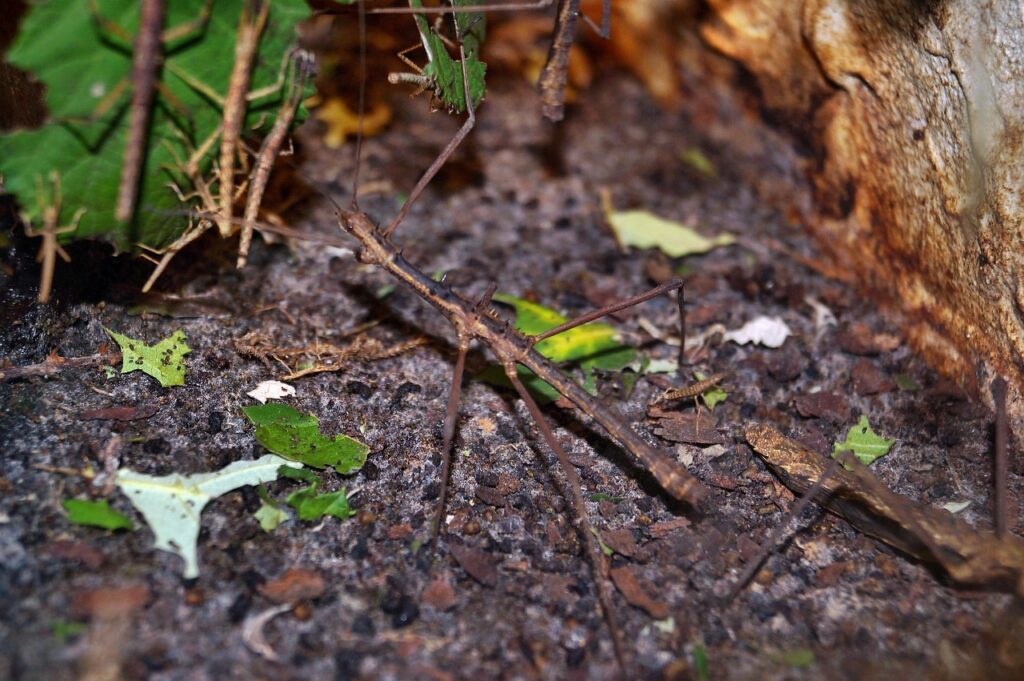Picture this: an entire species of females creating perfect copies of themselves without ever needing a male partner. It sounds like science fiction, but it’s happening right now in the insect world. The stick insect has mastered one of nature’s most remarkable reproductive strategies, turning the traditional rules of biology on their head. This isn’t just some quirky evolutionary oddity – it’s a revolutionary survival mechanism that has allowed certain species to thrive in environments where finding a mate might be impossible. Welcome to the extraordinary world of parthenogenesis, where motherhood takes on an entirely new meaning.
The Science Behind Virgin Birth
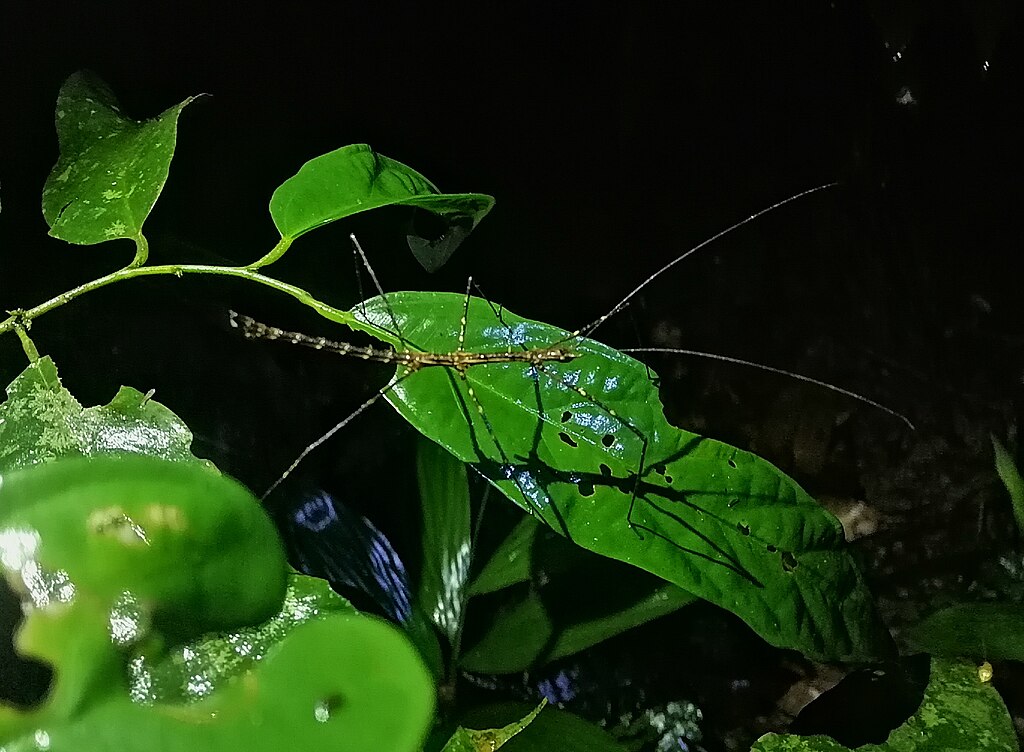
Parthenogenesis, literally meaning “virgin birth,” is a form of asexual reproduction where females produce offspring without fertilization from males. In stick insects, this process involves the female’s egg developing into a complete organism using only her genetic material. The result? A clone that’s genetically identical to its mother. This reproductive strategy isn’t just a backup plan – for many stick insect species, it’s the primary method of reproduction. The process begins when unfertilized eggs undergo a special type of cell division that restores the full chromosome count needed for development. Think of it as nature’s own copy-paste function, creating perfect genetic duplicates with remarkable efficiency.
Meet the Walking Stick Masters
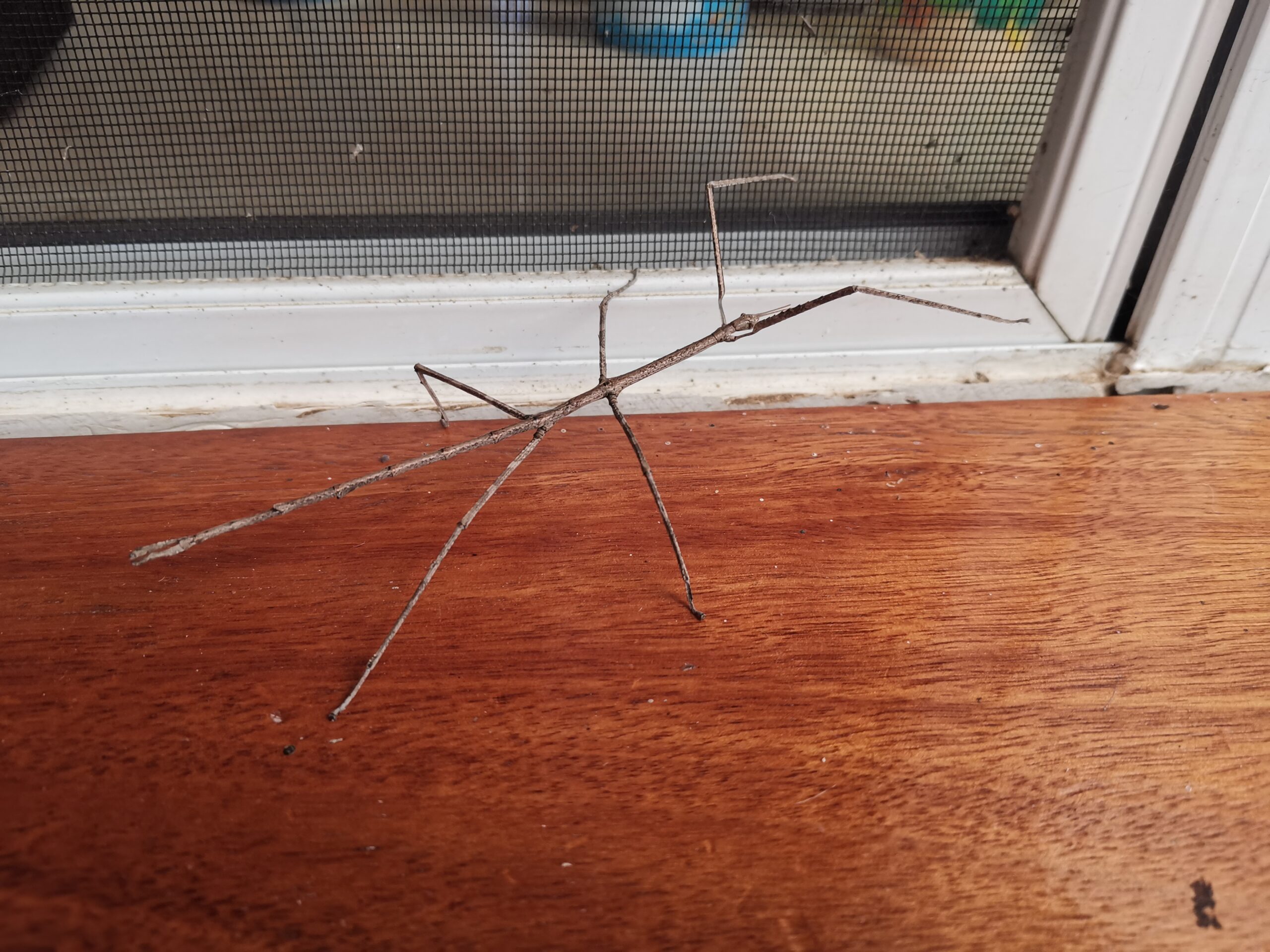
The Phasmatodea order, commonly known as stick insects or walking sticks, includes over 3,000 species worldwide. Among these, several have evolved the ability to reproduce entirely through parthenogenesis. The Indian stick insect (Carausius morosus) stands out as one of the most studied examples, with laboratory colonies thriving for decades without a single male. These insects have become living laboratories for scientists studying asexual reproduction. Their ability to maintain genetic stability while reproducing without males challenges our understanding of evolutionary biology. Some species can even switch between sexual and asexual reproduction depending on environmental conditions, showcasing nature’s incredible adaptability.
Why Clone When You Can Mate?
The advantages of parthenogenesis become clear when you consider the challenges stick insects face in the wild. These masters of camouflage are so well-hidden that finding a mate can be like searching for a needle in a haystack. When you’re perfectly disguised as a twig, even potential partners might walk right past you. Clonal reproduction eliminates the energy and time costs associated with finding, courting, and mating with partners. Instead of spending precious resources on mate-seeking behavior, females can focus entirely on feeding, growing, and producing offspring. This efficiency becomes crucial in environments where resources are limited or predation pressure is high. In isolated populations or newly colonized habitats, parthenogenesis provides an immediate solution to the founder effect problem. A single female can establish an entire colony, rapidly expanding the population without waiting for genetic diversity through sexual reproduction.
The Genetic Copying Machine
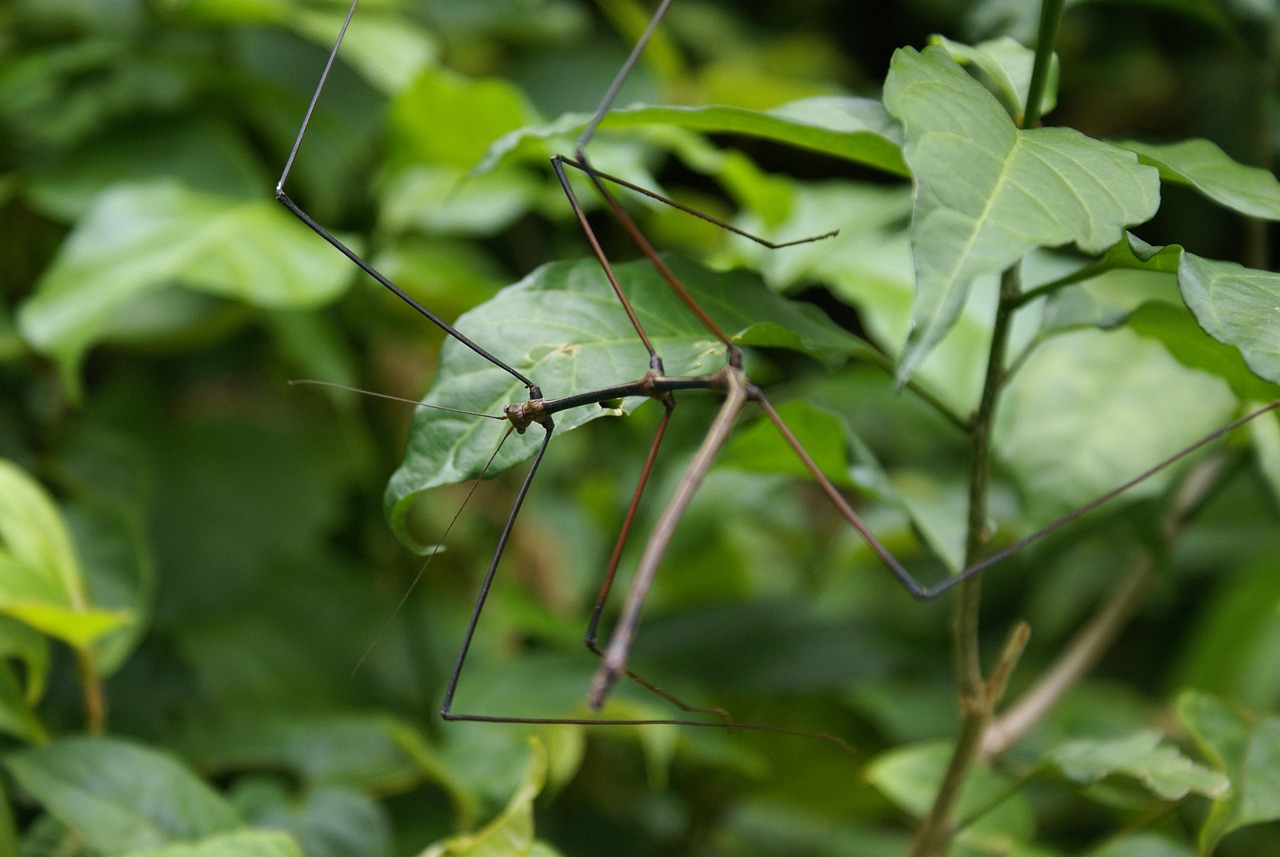
The cellular mechanics of parthenogenesis in stick insects involve a fascinating process called automixis. During egg formation, the female’s chromosomes undergo a modified version of meiosis, the cell division process that typically creates sex cells. Instead of producing eggs with half the genetic material, the process is altered to restore the full chromosome complement. This genetic duplication isn’t random – it follows specific patterns that ensure the offspring receive a complete set of functional genes. The mother’s chromosomes essentially pair with copies of themselves, creating a genetic blueprint that’s identical to the original. It’s like having a high-fidelity photocopier that never loses quality, no matter how many copies you make. The precision of this process is remarkable. Each clone inherits not just the mother’s appearance and basic physiology, but also her behavioral patterns, dietary preferences, and even her ability to reproduce parthenogenetically. This genetic continuity creates lineages that can persist for generations without any input from males.
Breaking the Male Dependency
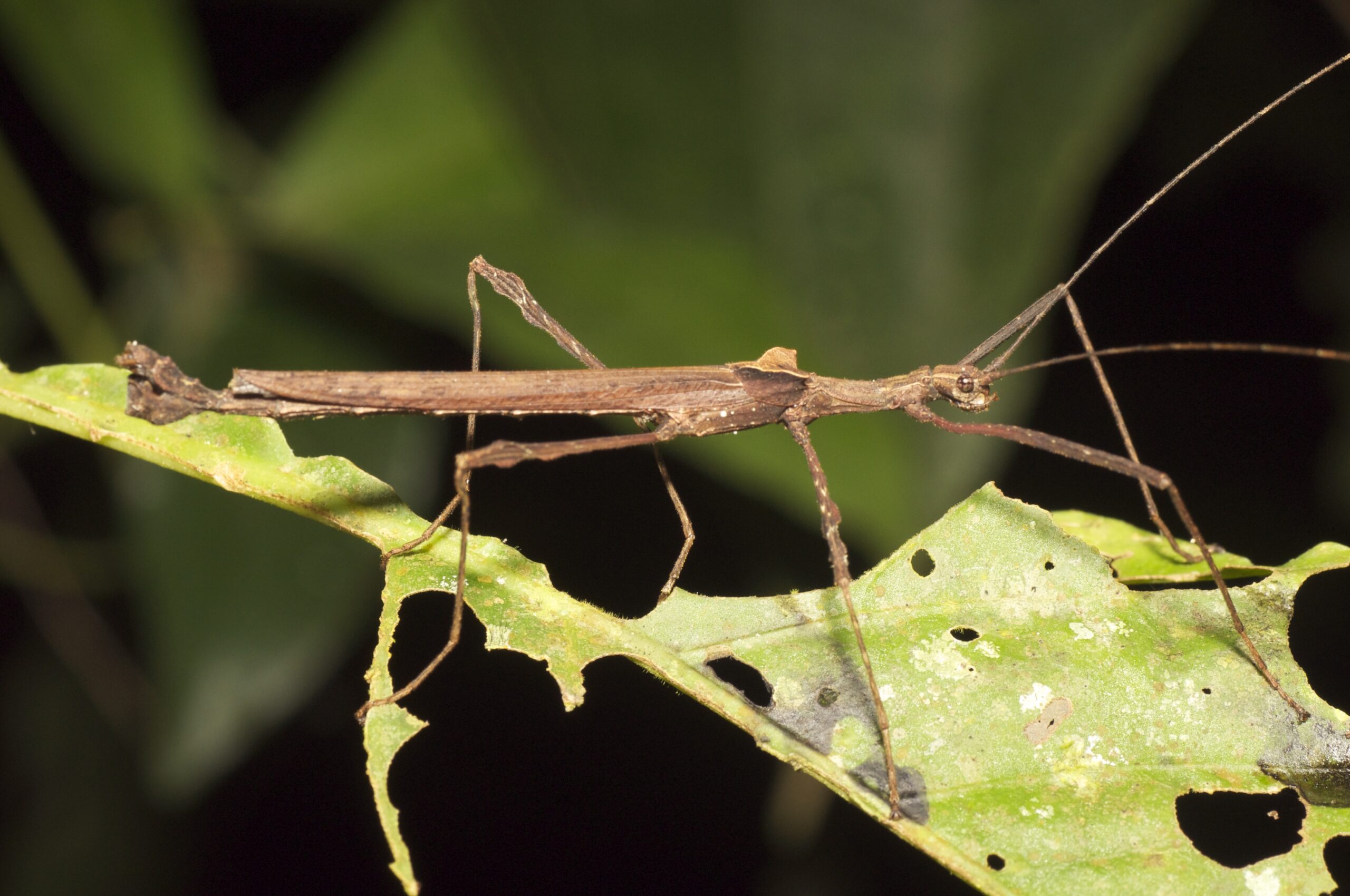
Traditional sexual reproduction requires the coordination of two individuals, the successful transfer of genetic material, and the complex dance of courtship and mating. Parthenogenetic stick insects have essentially eliminated these dependencies, creating a streamlined reproductive system that operates on the female’s schedule alone. This independence from males represents a significant evolutionary advantage in unpredictable environments. When conditions are favorable for reproduction, females don’t need to wait for males to be available or receptive. They can begin producing offspring immediately, maximizing their reproductive output during optimal periods. The elimination of male dependency also removes the risks associated with mating, including exposure to predators during courtship, potential injury from aggressive males, and the energy costs of producing pheromones and engaging in mating behaviors. For stick insects, this translates to a more efficient allocation of resources toward offspring production.
The Clone Army Phenomenon
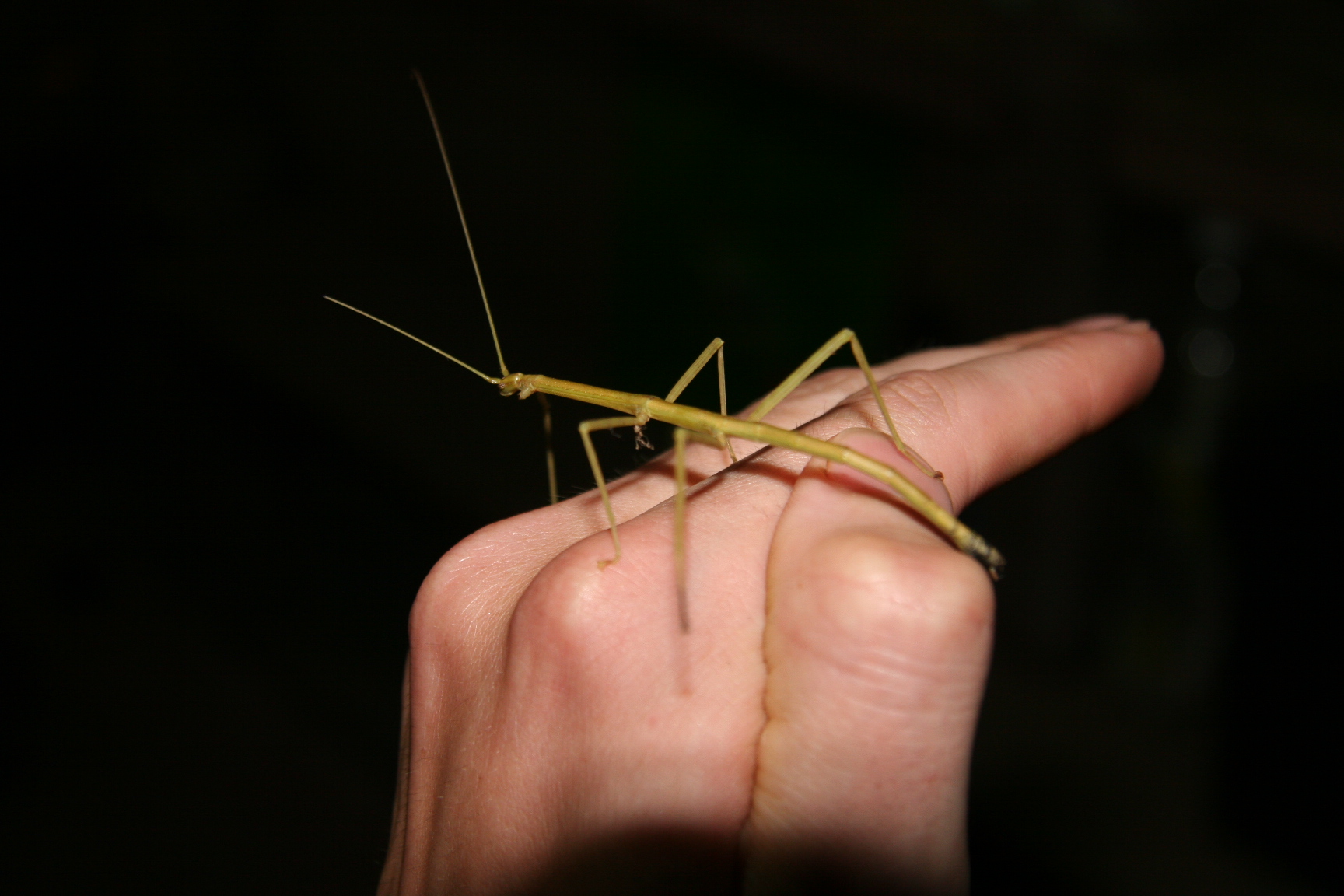
When a single parthenogenetic female establishes a population, the result is essentially a clone army – dozens or hundreds of genetically identical individuals sharing the same strengths and weaknesses. This genetic uniformity creates fascinating population dynamics that differ dramatically from sexually reproducing species. These clone populations can rapidly exploit suitable habitats, with each individual perfectly adapted to the same environmental conditions. If the founding female was well-suited to the environment, her entire lineage inherits that advantage. However, this genetic uniformity also creates vulnerability – what affects one individual will likely affect them all. The clone army phenomenon has been observed in laboratory settings where single females have founded colonies that persist for years. These populations maintain remarkable stability, with generation after generation of identical offspring continuing the lineage without any genetic input from males.
Survival in Hostile Environments
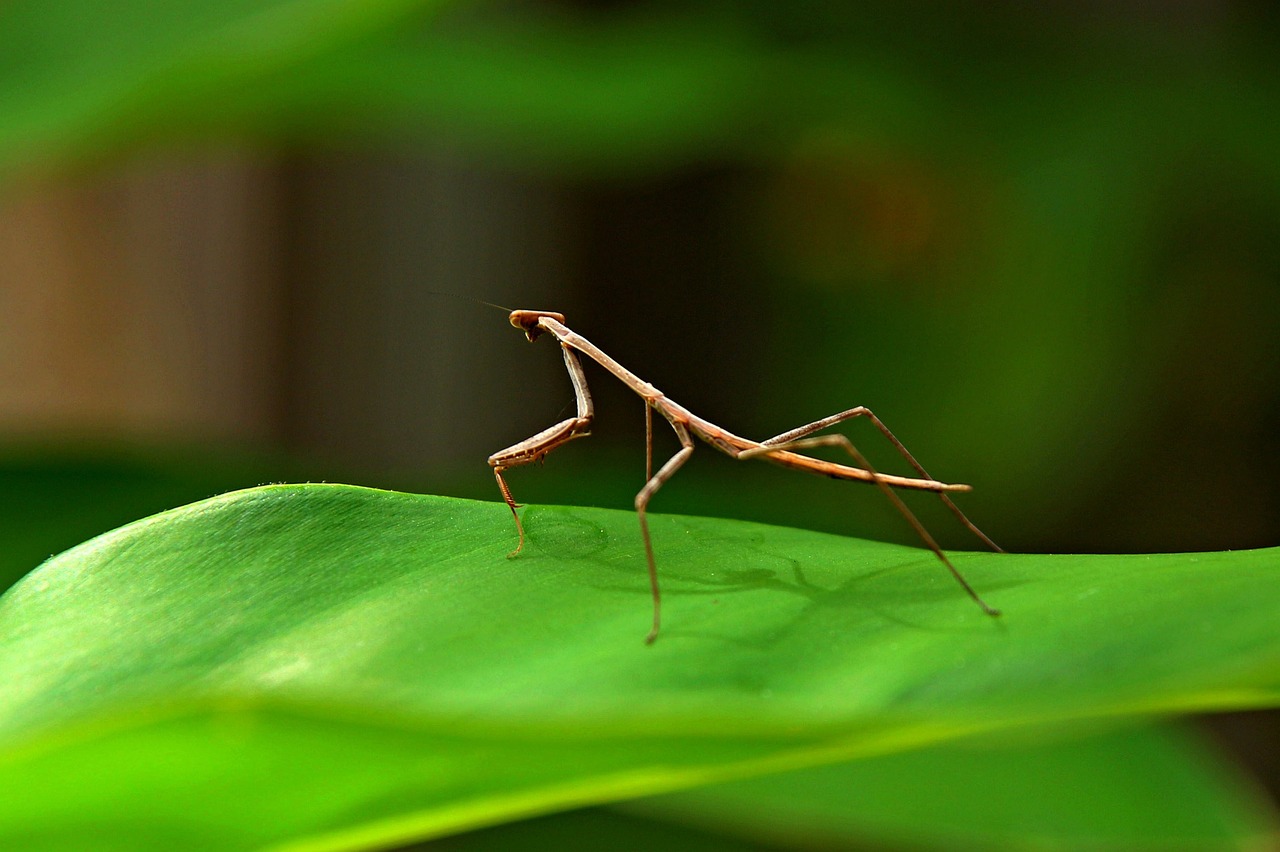
Parthenogenesis provides stick insects with a crucial advantage in harsh or unpredictable environments where maintaining populations through sexual reproduction would be challenging. In habitats with extreme seasonal variations, sparse vegetation, or high predation pressure, the ability to reproduce without finding mates becomes a matter of survival. Desert environments showcase this advantage particularly well. Stick insects in arid regions often face long periods of resource scarcity punctuated by brief windows of abundance. Parthenogenetic females can rapidly exploit these favorable conditions, producing multiple generations during good times without the delays associated with mate-finding. Cold climates present another scenario where parthenogenesis proves beneficial. In regions with short growing seasons, the time available for reproduction is limited. Females that can begin reproducing immediately when conditions improve have a significant advantage over those that must first locate and court potential mates.
The Genetic Stability Puzzle
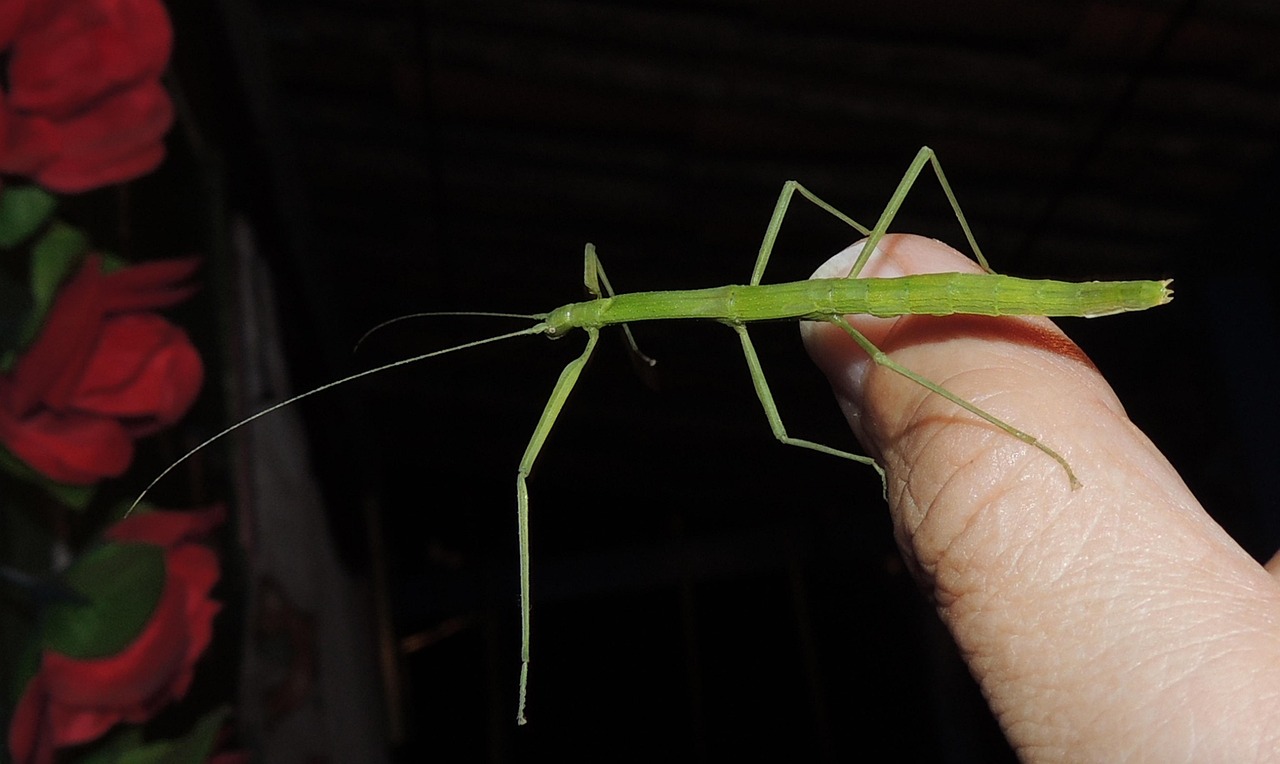
One of the most intriguing aspects of parthenogenetic stick insects is their ability to maintain genetic stability across generations. Sexual reproduction typically introduces genetic variation through the mixing of parental genes, but clonal reproduction theoretically should accumulate harmful mutations over time – a phenomenon known as genetic degradation. However, many parthenogenetic stick insect lineages have persisted for decades without showing signs of genetic breakdown. Scientists believe this stability results from efficient DNA repair mechanisms and the selective pressure against harmful mutations. Individuals carrying detrimental genetic changes are less likely to survive and reproduce, effectively purging these mutations from the population. Some researchers propose that occasional genetic recombination events during parthenogenesis might introduce subtle variations that help maintain genetic health. These rare events could provide just enough genetic shuffling to prevent the accumulation of harmful mutations while preserving the advantages of clonal reproduction.
When Males Make a Comeback
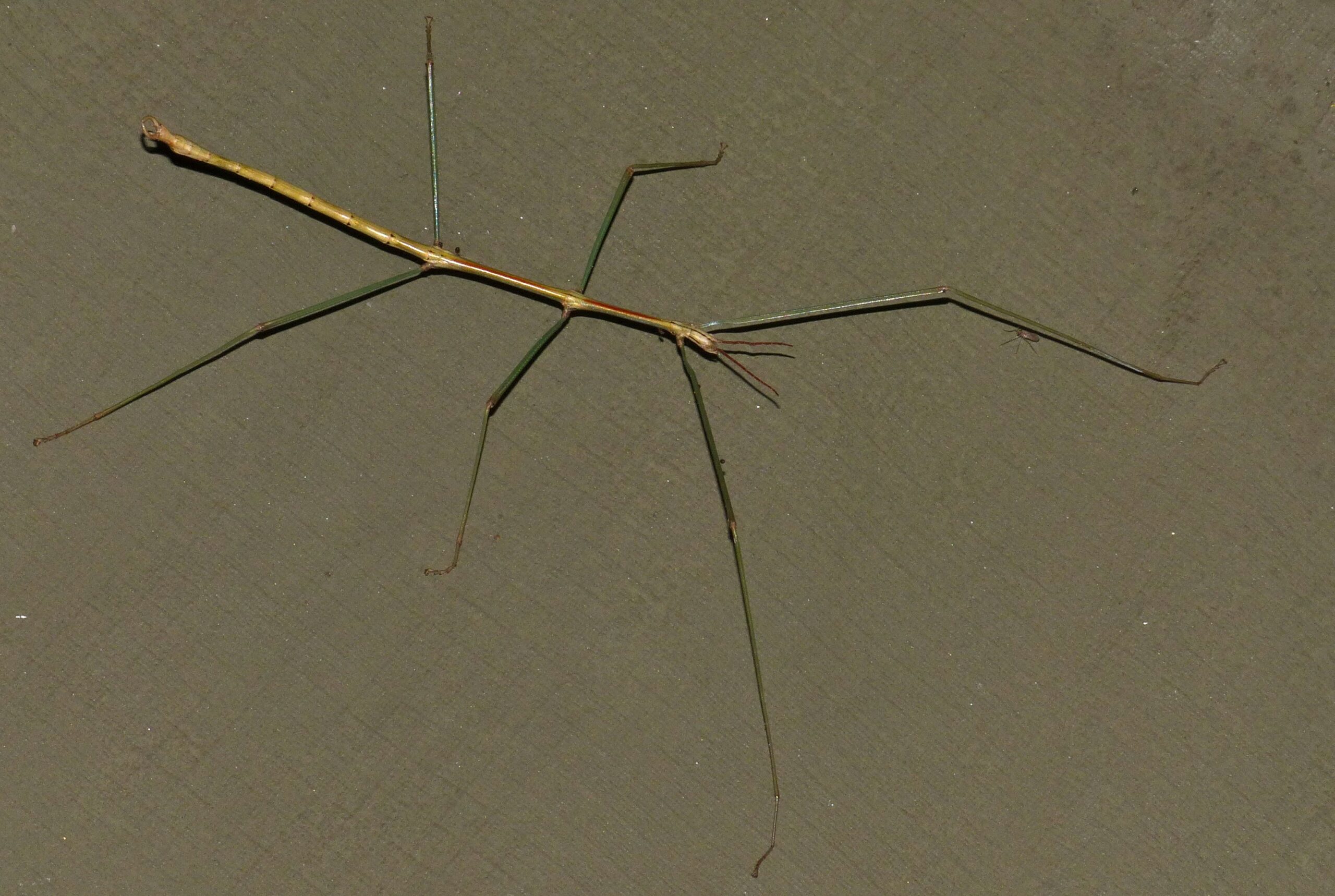
Not all parthenogenetic stick insects are permanently male-free. Some species maintain the ability to produce males under specific environmental conditions, creating fascinating reproductive flexibility. These males often appear during times of environmental stress, suggesting that sexual reproduction might be triggered when genetic diversity becomes crucial for survival. The appearance of males in predominantly parthenogenetic populations creates opportunities for genetic mixing that can rejuvenate lineages and introduce new genetic combinations. This reproductive flexibility represents an evolutionary insurance policy – the benefits of clonal reproduction during stable conditions with the option of genetic recombination when circumstances change. Environmental factors such as temperature, day length, or population density can influence the production of males in these flexible species. This responsiveness to environmental cues demonstrates the sophisticated evolutionary strategies that stick insects have developed to balance the advantages of both sexual and asexual reproduction.
Laboratory Marvels and Research Discoveries

Parthenogenetic stick insects have become invaluable research subjects, providing scientists with unique opportunities to study genetics, development, and evolution. Laboratory colonies founded by single females have been maintained for decades, creating living libraries of genetic information that would be impossible to preserve in sexually reproducing species. These research populations have revealed remarkable insights into the mechanisms of parthenogenesis and the long-term consequences of clonal reproduction. Scientists have tracked genetic changes across hundreds of generations, monitoring how these populations adapt to laboratory conditions and respond to various experimental treatments. The predictability of parthenogenetic reproduction has also made stick insects excellent subjects for developmental biology research. Since all offspring are genetically identical, researchers can study how environmental factors influence development without the confounding effects of genetic variation.
Global Distribution and Diversity

Parthenogenetic stick insects have conquered diverse habitats across the globe, from tropical rainforests to temperate woodlands. This widespread distribution demonstrates the evolutionary success of their reproductive strategy and its adaptability to different environmental conditions. Different species have evolved distinct variations of parthenogenesis, each fine-tuned to their specific ecological niche. Some produce only females, while others occasionally produce males. Some maintain strict genetic uniformity, while others incorporate subtle variations that provide limited genetic diversity within clonal lineages. The global success of parthenogenetic stick insects has also led to their establishment in non-native habitats. Their ability to colonize new environments with just a single individual has made them surprisingly effective invaders, though most species remain relatively harmless to their adopted ecosystems.
Evolutionary Implications and Mysteries
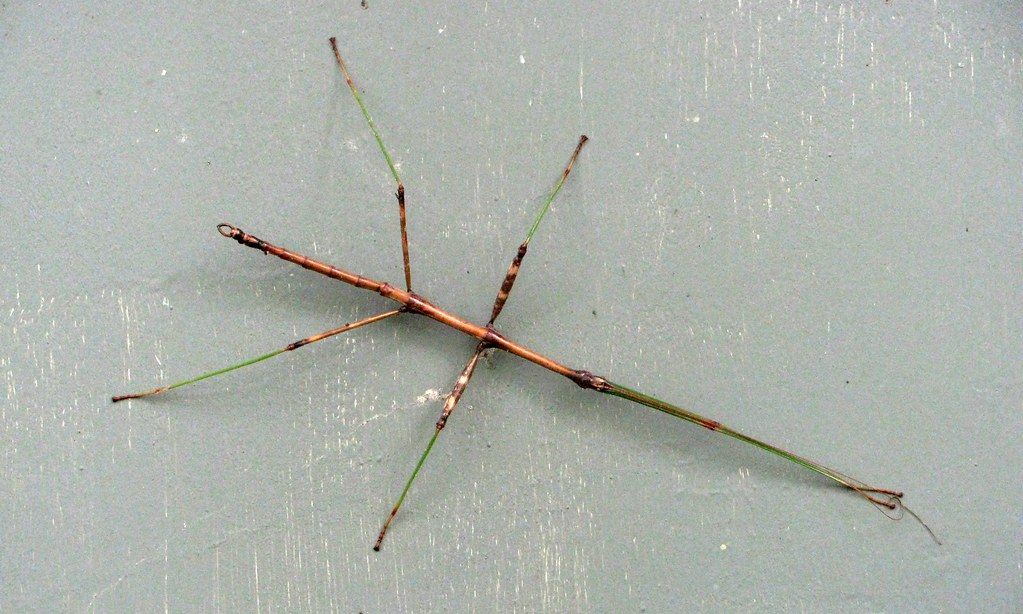
The existence of successful parthenogenetic stick insects challenges traditional evolutionary theory about the advantages of sexual reproduction. If clonal reproduction can be so successful, why hasn’t it become more common across the animal kingdom? This question continues to intrigue evolutionary biologists and drive research into the fundamental mechanisms of reproduction. Some scientists propose that parthenogenesis in stick insects represents a relatively recent evolutionary development, meaning these species haven’t had time to accumulate the genetic problems typically associated with asexual reproduction. Others suggest that their specific ecological niche and life history traits make them particularly well-suited to this reproductive strategy. The evolutionary success of parthenogenetic stick insects also raises questions about the long-term sustainability of clonal reproduction. While these species have thrived for decades in laboratory settings, their long-term evolutionary fate in natural environments remains an open question that continues to drive scientific investigation.
Conservation and Future Research

Understanding parthenogenetic reproduction in stick insects has important implications for conservation biology. These species’ unique reproductive strategies make them both resilient and vulnerable in different ways. Their ability to establish populations from single individuals makes them surprisingly resistant to local extinctions, but their genetic uniformity makes them vulnerable to environmental changes that sexual species might survive through genetic diversity. Conservation efforts for parthenogenetic stick insects require different approaches than those used for sexually reproducing species. Protecting genetic diversity becomes less important than maintaining suitable habitat conditions, since all individuals in a population share the same genetic requirements. Future research continues to explore the molecular mechanisms of parthenogenesis, the long-term evolutionary consequences of clonal reproduction, and the potential applications of this knowledge to other fields of biology. As our understanding of these remarkable insects grows, they continue to challenge our assumptions about reproduction, evolution, and the diversity of life on Earth.
Conclusion
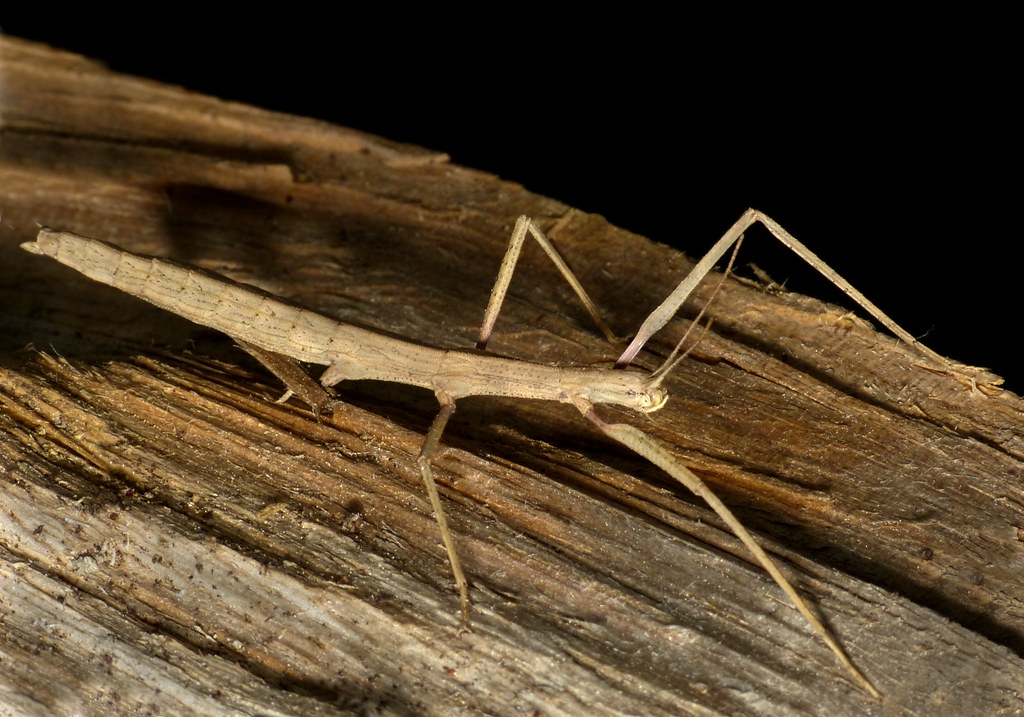
The stick insect’s mastery of parthenogenesis represents one of nature’s most elegant solutions to the challenges of reproduction and survival. By eliminating the need for males, these remarkable creatures have unlocked a reproductive strategy that combines efficiency, reliability, and evolutionary success in ways that continue to amaze scientists and nature enthusiasts alike. Their ability to create perfect genetic copies of themselves while maintaining population stability across generations challenges our understanding of what’s possible in the natural world. From desert environments to laboratory colonies, parthenogenetic stick insects have proven that sometimes the most unconventional strategies can be the most successful. As we continue to study these fascinating creatures, they remind us that evolution’s creativity knows no bounds. In a world where finding the perfect partner can be life’s greatest challenge, stick insects have discovered that sometimes the best partner is yourself. What other reproductive mysteries might nature still be hiding in plain sight?

